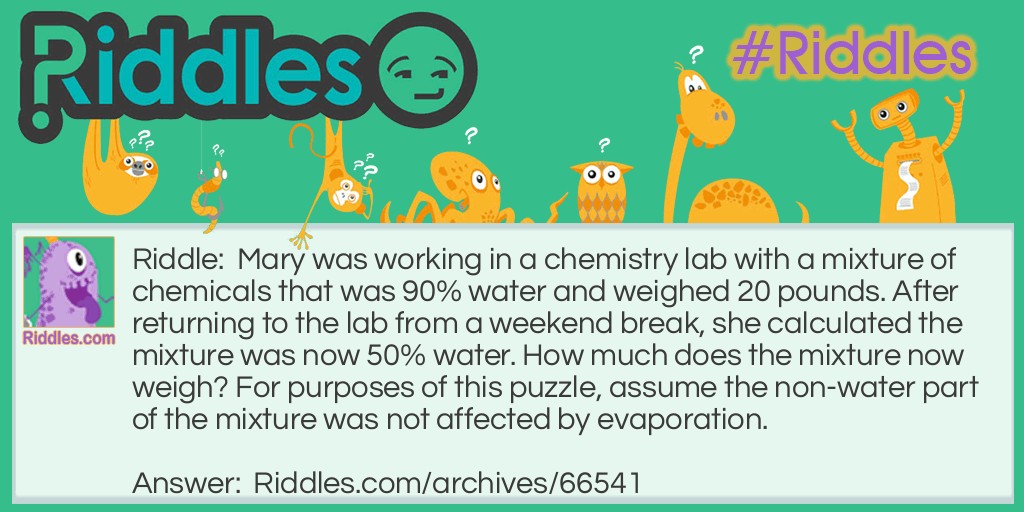

These recommendations are based on the collection of published studies, and separated into two basic conditions of stability the specimen, as obtained from the patient, and the sample, prepared for analysis. The most widely used is the recommendation of the German Society of Clinical Chemistry (DGKL), published in a WHO report and later updated. blood glucose stability in whole blood in closed tube, at room temperature, protected from light and without stirring).Īlthough a myriad of experimental studies assessing the stability of most laboratory magnitudes in various conditions may be found in the literature, there are few clinical guidelines with general recommendations for the laboratory. This means that the stability limit needs to be defined for specific conditions (e.g. It should be noted that this equation is modified by the physical-chemical factors that facilitate the process of instability, mainly contact with air, temperature, light exposure or agitation. Similar to dose-response graphs for interferences, stability limits may also be easily extrapolated from such graphs. The stability limit for an analyte is defined as the point in time when the PD% reaches a given specification of maximum allowable error. In fact, both interferences and instability in a particular sample are the main components of specimen-specific sistematic error. It can also be graphically represented in a two-dimensional chart with the PD% in the y-axis and the time in the x-axis, similar to the habitual representation of the dose-response in relation to an interfering substance. The change in the property over time can be expressed as percent deviation (PD%) or bias with respect to the initial value, whereas the deterioration can be defined as a function that represents the variation of PD% over time. The stability is mainly affected by storage time and also by other factors that increase the metabolism of the analyte or cause the initial property to disappear, such as temperature, light exposure, solvent evaporation or stirring. Stability is the capability of a sample material to retain the initial property of a measurand for a period of time within specified limits when the sample is stored under defined conditions. Definition of a consensus stability function in specific conditions can help laboratories define stability limits using their own quality specifications. Bibliographic studies differ in recommedations of stability limits mainly because of different specifications for maximum allowable error. Time is the main variable affecting stability in medical laboratory samples. Consensus stability equations were established for glucose, potassium, phosphorus and PSA, but not for ALT.

Results:įrom the 37 articles considered as valid, up to 130 experiments were evaluated and 629 PD% data were included (106 for ALT, 180 for glucose, 113 for phosphorus, 145 for potassium and 85 for PSA). Second, the different conditions of stability were uniformly defined and the percent deviation (PD%) over time for each analyte and condition were scattered while unifying studies with similar conditions. The quality of every study was evaluated using an in-house grading tool. Methods:įirst, a bibliographic search was made for stability studies for five analytes in blood: alanine aminotransferase (ALT), glucose, phosphorus, potassium and prostate specific antigen (PSA). The aim of this study was to classify and to grade a set of bibliographic studies on the stability of five common blood measurands and subsequently generate a consensus stability function. Many studies assessing stability and presenting recommendations of stability limits are available, but differences among them are frequent.

The stability limit of an analyte in a biological sample can be defined as the time required until a measured property acquires a bias higher than a defined specification.


 0 kommentar(er)
0 kommentar(er)
